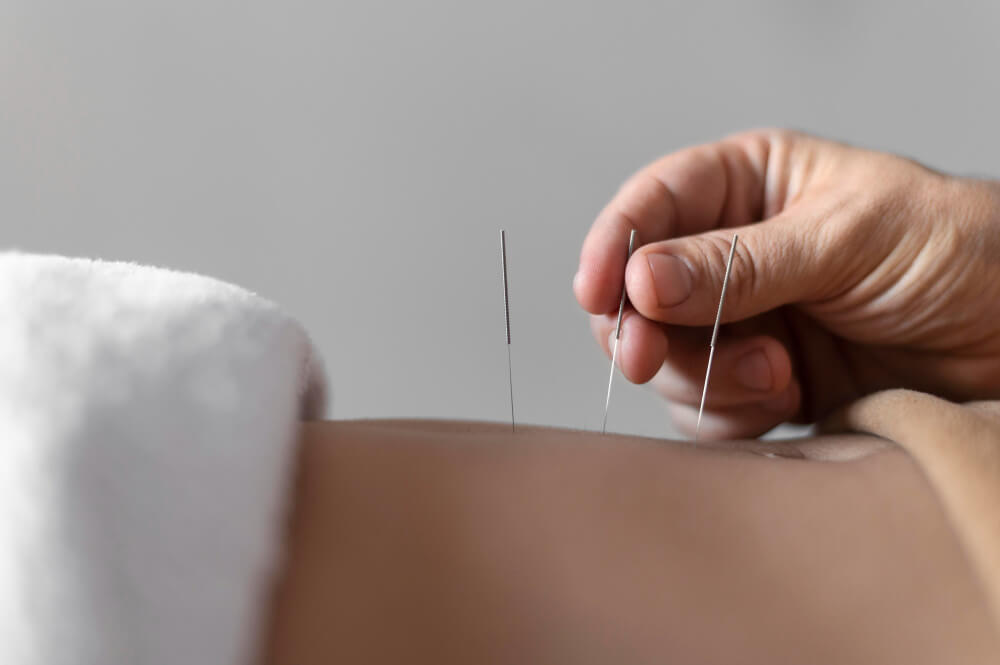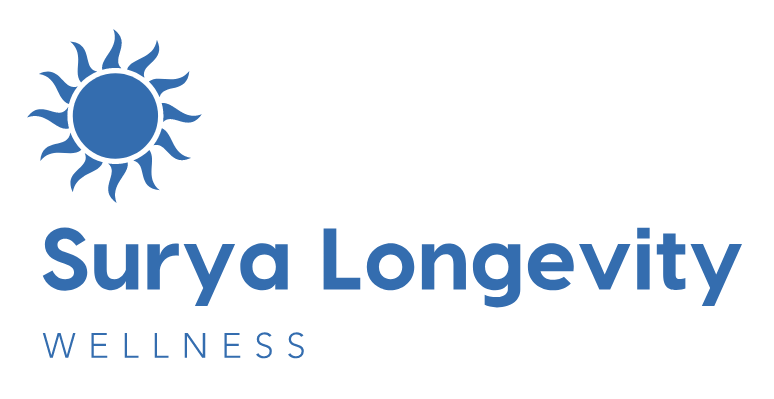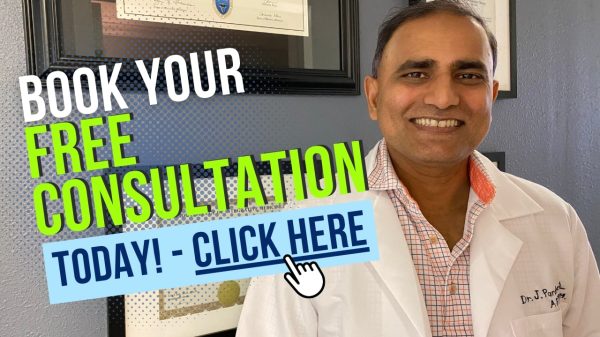
Acupuncture
Does Acupuncture Really Work?
Believe it or not, scientific studies have shown that acupuncture can help with more than 100 health problems. It’s not just a fad!
What Is Acupuncture?
It’s an ancient technique from China that’s been used to treat health issues for thousands of years. The idea is simple: very thin, single-use needles are placed into the body in specific anatomical points to boost health and wellbeing.
How Does It Work?
Traditional acupuncture is designed to help your body restore its natural balance. It’s done by stimulating specific points on your body using Chinese medicine principles.
One way to understand how it works is this: acupuncture needles stimulate your central nervous system and certain parts of your brain, which help control the release of endorphins, your body’s natural pain relievers.
Also, acupuncture helps boost your blood circulation and improve your body’s physiological processes, which can reduce inflammation and promote overall health. It even affects things like your digestion, sleep, and immune system.
What Is It Good For?
Well, acupuncture has a few healing effects. It can loosen up tight muscles, relieve pain, reduce inflammation, promote circulation, and even help you stress less and focus more. Here are some scientific studies that support these claims:
- In a 2012 analysis published in JAMA Internal Medicine, researchers concluded that acupuncture has a definite effect in reducing chronic pain, compared to standard pain treatment. This study suggests that the beneficial effects of acupuncture may be due to alterations in the brain’s chemistry, modulating the release of neurotransmitters and neurohormones.
- A 2016 study published in the American Journal of Chinese Medicine showed that acupuncture can improve sleep quality and reduce insomnia severity. The improvement in sleep patterns may be due to the effect of acupuncture in increasing nocturnal melatonin secretion, a hormone that controls the sleep-wake cycle.
- Research from 2016 in the Journal of Pain found that acupuncture treatment significantly reduces the frequency of migraines. The study hypothesized that acupuncture might reduce migraine frequency by modulating key regions of the brain that process and perceive pain.
- A comprehensive review of studies published in 2017 in the BMJ Open journal suggested that acupuncture might improve pregnancy rates among women undergoing IVF. The mechanism for this effect might involve the regulation of stress hormones which can influence pregnancy outcomes.
What Conditions Can It Help With?
It’s supported by the World Health Organization and many health insurance companies cover it too. Studies have shown it can be beneficial for over 100 different conditions. It’s been proven to help with everything from acute and chronic pain like back pain and neck issues, headaches, tendonitis, sciatica, and fibromyalgia to emotional disorders like depression, anxiety, stress, and insomnia.
It’s also great for digestive disorders and urinary and reproductive issues, not to mention it can help manage symptoms of chemotherapy and radiation, treat allergies and respiratory issues, and even help with addictions like nicotine, alcohol, and drugs.
Does Acupuncture Hurt?
Most people feel minimal discomfort as the fine needles are gently placed. The sensation is often described as a tingling or dull ache. Once the needles are all in place, most people relax and even fall asleep for the duration of the treatment.
How Many Acupuncture Sessions Will I Need?
The number of treatments needed differs from person to person. For complex or long-standing conditions, one or two treatments a week for several months may be recommended. For acute problems, usually fewer visits are required.
Are There Any Side Effects of Acupuncture?
Any side effects that do occur, such as dizziness or bruising around needle points, are usually minor and self-correcting. After treatment, some people may feel relaxed while others may feel energized. This varies widely and is a completely normal response.
Should I Try Acupuncture?
If you’re dealing with pain, stress, or just want to improve your overall health, acupuncture could be a good choice for you. It’s natural, doesn’t involve drugs or surgery, and each treatment plan is personalized to your unique needs. Plus, it improves your overall quality of life by reducing pain, stress, and anxiety and boosting functions like sleep and digestion.
So, yeah, if you’ve been thinking about it, why not give it a shot? It could just be the step you need towards better health and well-being!


